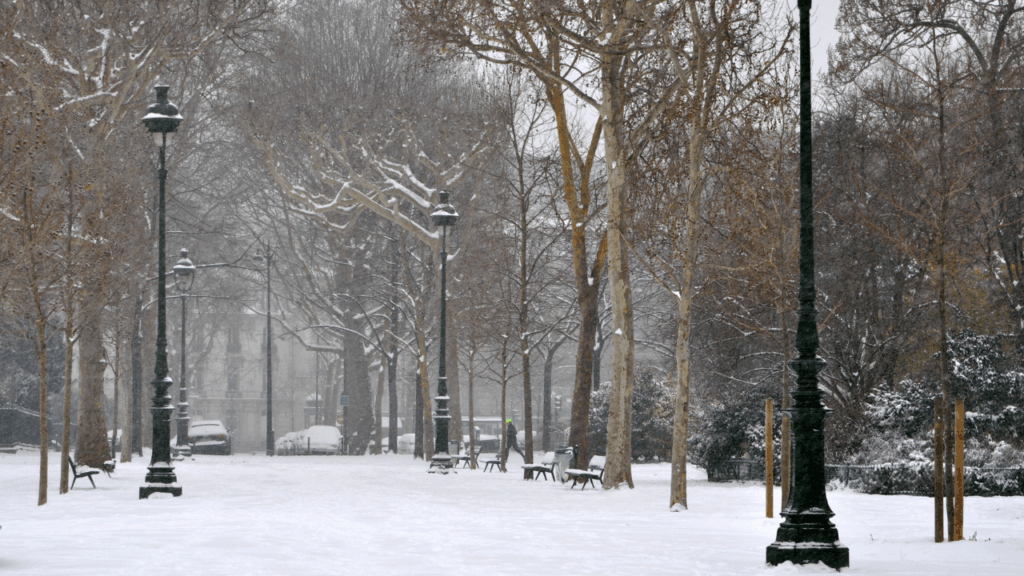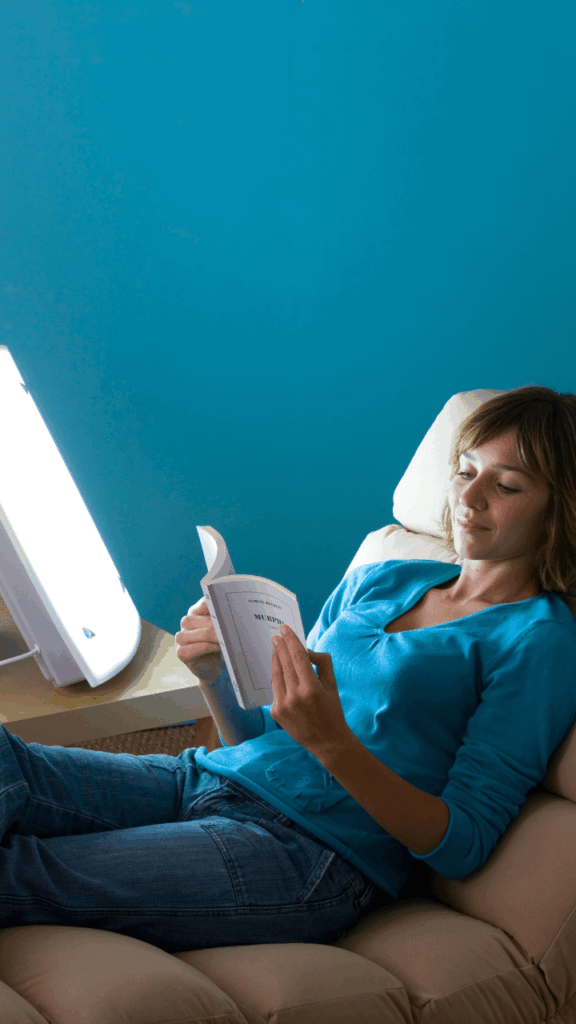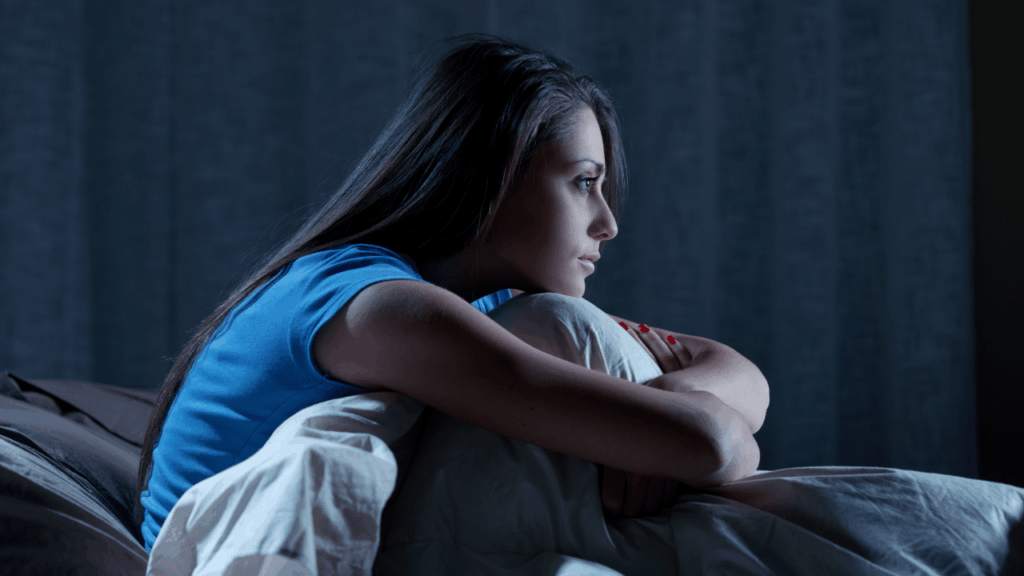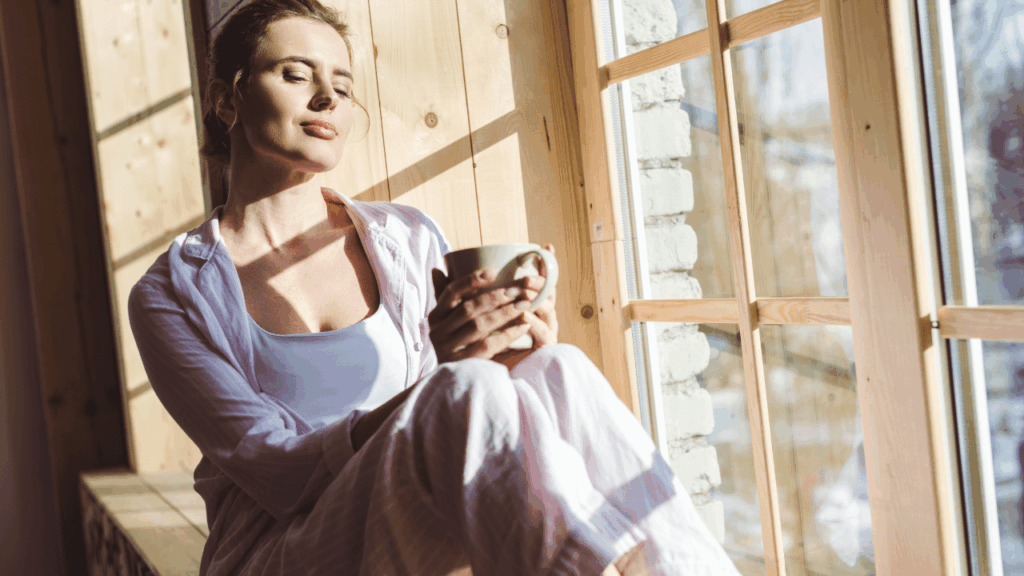Last Updated on 19 November 2025 by Alisea Mae
More than just feeling sad, SAD stands for Seasonal Affective Disorder, a condition which is brought on by the change in seasons and is usually most prevalent during the winter months. It’s a form of depression, also known as the winter blues, which is triggered by the lack of sunlight and exposure to daylight during the cold, winter period.

Modern life is often hailed as the culprit for this, given the 9-5 routine of working life that is the standard for many of us. What this means during winter is that we’re often getting up for work in the dark and leaving after the sun has set for the day too, which gives us minimal opportunities to make the most of the daylight. Symptoms of SAD range from lethargy, having difficulty sleeping and a lack of energy, to depression and anxiety. It’s important to talk to a doctor if this is something you’re struggling with as they’ll be able to suggest the right treatment for you.
How does SAD light therapy work?
Light therapy is commonly used to combat the symptoms of SAD, by exposing the user to a simulated view of the sunlight in order to boost serotonin levels. In other words, it’s like tricking your brain into thinking that you’re looking at the sun- which is the next best thing when natural sunlight may not be so easy to come by. The best time to use them is early in the day, first thing in the morning, offering the best chance to not only wake up naturally but to boost your energy and mood for an easier start to the day. If used late in the afternoon, this can affect your sleeping pattern by keeping you awake and alert later into the night.

Are SAD lights safe?
This is a concern for some people that are new to light therapy treatment. Light therapy requires SAD sufferers to look at a bright light source, at close range, for a prolonged period of time. Our natural instincts say that this isn’t normal, especially when we are usually told to be wary of bright light sources. We can’t stare directly at the sun, so why are we able to use these sunlight simulators? There are two things to consider here when talking about safe SAD light therapy:

1) Are you using the right type of light?
2) Are you using it in the correct manner?
It is important that you use the right type of lamp for SAD therapy. This means one that is specifically designed for the job, preferably with some form of certification as a medical device. Don’t confuse these bright white lights with the lamps used for acne and skin conditions. Those operate on a different wavelength. The best SAD lamps have a strong white light, ideally from LEDs, with a lux of 10,000. This offers the strength needed.
Once you have a safe lamp, you need to use it in a safe manner. Incorrect use can lead to problems like headaches, or perhaps also long term eye issues like eye strain. The last thing you want to do is damage your retina because you think that 10 more minutes won’t hurt. It is recommended that you position the lamp at a slight angle of approximately 30 degrees in front of you without looking directly at the light, remember these lights are very bright! This means you can be doing something else while having your treatment. The times and distance will vary depending on the model and the intensity of the light so following the instructions provided with your SAD light will provide the optimum results. If you have any concerns about these instructions, the wavelength of the light or anything else, talk to a medical professional.
SAD lamps aren’t just helpful for those with symptoms of SAD. There are also people with sleep disorders that can benefit from regular use of a light therapy device even in the summer. Some doctors may even prescribe this as a medical treatment for those struggling to deal with their insomnia.
Light therapy can help us regulate our circadian rhythm
The circadian rhythm is what some of us would refer to as our “body clock”. When this works correctly, it can do a pretty good job of helping us fall asleep and wake up at the right time. Those of us on a regular cycle can enjoy a reliable sleep schedule. But, insomnia and delayed sleep phase syndrome can disrupt this pattern. If you can find a way to reset that body clock, you can see improvements in your sleep.

Light therapy does this because it is so good at mimicking natural sunlight. Insomnia, jet lag and other disorders related to the circadian rhythm can come from a lack of natural light or disruptions to a routine. Jet lag sets in when we switch time zones and the sun sets at the “wrong” time. Irregular shift work or night shifts can confuse the body too. But, regular sessions with a therapy light can provide that missing exposure. Use the lamp for the same duration at the same time each day.
Light therapy can also help us regulate melatonin levels
Some sleep disorders aren’t due to sleep patterns but to poor regulation of hormones. We need to make sure that our melatonin levels are inhibited when we wake up and stimulated at night when it is time to sleep. Observing the sunrise and sunset can help, so SAD simulation devices could be a beneficial alternative. These lights can also help with the production of serotonin as they inhibit melatonin, which helps with additional mood issues.

Do they work?
While many people have found that SAD lights have helped to manage their condition, and have had good results with improved sleep, energy and mood, there is no definitive answer yet as to the overall effectiveness of these lights. It’s a method that will certainly work for some individuals, but others may find that extra help is needed through medication, counselling, regular exercise and exposure to daylight and fresh air. If light therapy has been suggested to you, or if it’s something you want to benefit from, it’s important to ensure you’re eating a balanced diet, getting daily exercise and keeping up a routine too. As tempting as it can be to hibernate during the cold weather, lack of social contact and productivity can have a detrimental effect on your mental health.
Overall, there are definite benefits to using a SAD light and while they may not be a miracle cure for everyone, they make everyday tasks that little bit easier by helping to energise you and wake you up in the morning- which tends to be the hardest part of the day during winter.

See my separate article with several SAD lamp reviews to help you choose the best device to beat the winter blues.
Leave a Reply